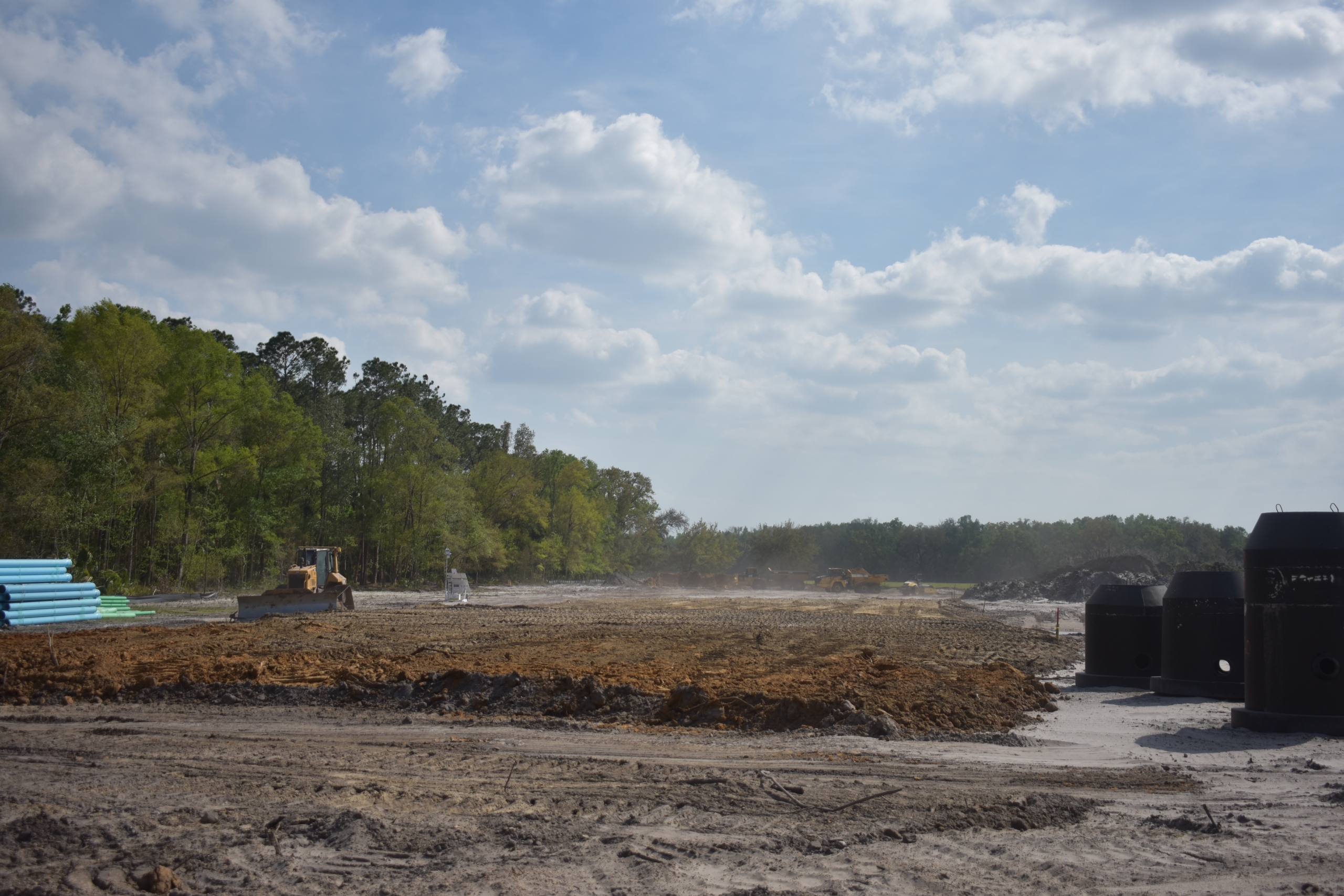Mastering Commercial Site Development
Introduction:
Commercial site development is a crucial phase in bringing a commercial project to life. It involves transforming raw land into a well-planned and functional space that meets the specific needs of businesses and their customers. Proper commercial site development requires careful planning, adherence to regulations, and effective project management. In this article, we will provide a comprehensive step-by-step guide to help you navigate the commercial site development process successfully.
Step 1: Preliminary Site Assessment and Planning
Conduct a thorough site assessment, considering factors like topography, soil conditions, drainage, and access points.
Define the project’s goals, including the intended use of the site, building size, parking requirements, and amenities.
Evaluate local zoning and land-use regulations to ensure compliance with commercial development guidelines.
Engage with architects, engineers, and other professionals to develop a preliminary site plan that optimizes space utilization and functionality.
Step 2: Securing Permits and Approvals
Identify the necessary permits and approvals required for the commercial site development, such as building permits, environmental permits, and utility connections.
Prepare and submit the required documentation, including site plans, engineering drawings, environmental impact assessments, and stormwater management plans.
Collaborate with local authorities and regulatory agencies throughout the permit application process, addressing any concerns or modifications as needed.
Step 3: Grading and Earthwork
Engage qualified contractors to perform grading and earthwork, ensuring proper land leveling, excavation, and soil compaction.
Implement erosion control measures to prevent soil erosion and sediment runoff during construction.
Install appropriate drainage systems, including stormwater management facilities and underground utilities, to ensure efficient water flow and utility connections.
Step 4: Utility Installation
Coordinate with utility companies to install necessary infrastructure, such as water lines, sewer lines, electrical connections, and telecommunications networks.
Ensure compliance with local codes and regulations for utility placement, including setbacks and safety requirements.
Conduct inspections to verify the quality and proper installation of utilities, addressing any issues promptly.
Step 5: Road and Parking Lot Construction
Develop a well-designed road network and parking lot layout that accommodates traffic flow, accessibility, and parking requirements.
Construct roads and parking lots using durable materials, considering factors like load-bearing capacity, durability, and aesthetics.
Incorporate appropriate signage, lighting, and safety features to ensure safe and efficient vehicular and pedestrian movement.
Step 6: Landscaping and Exterior Amenities
Plan and implement a landscaping design that enhances the visual appeal and functionality of the commercial site.
Install green spaces, trees, shrubs, and flower beds to create an inviting and sustainable environment.
Incorporate exterior amenities like seating areas, walkways, and lighting fixtures to enhance the overall experience for visitors and employees.
Step 7: Final Inspections and Certifications
Conduct thorough inspections of all constructed elements, including utilities, roads, parking lots, landscaping, and amenities.
Address any deficiencies or non-compliance issues identified during inspections and ensure they are resolved to meet all regulatory requirements.
Obtain the necessary certifications and clearances from local authorities and regulatory agencies before commencing commercial operations.
Conclusion:
Proper commercial site development requires meticulous planning, adherence to regulations, and effective project management. By following this step-by-step guide, you can navigate the process successfully, from preliminary assessments and planning to the final inspections and certifications. Remember to engage experienced professionals, collaborate with regulatory authorities, and prioritize functionality, safety, and sustainability throughout the development process. At McKenzie Contracting, we have the expertise and dedication to guide you through commercial site development, ensuring a well-executed project that meets your vision and business needs

